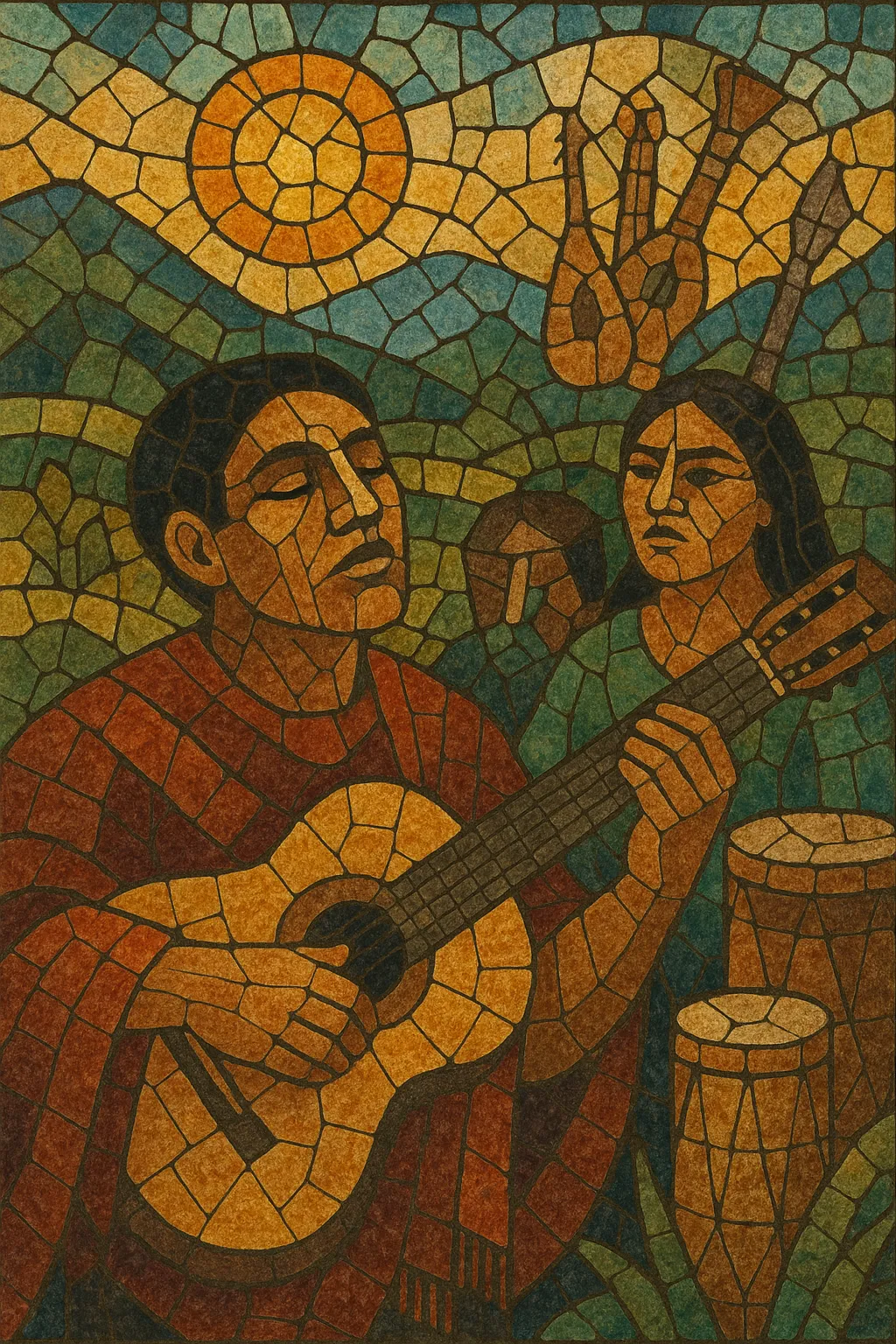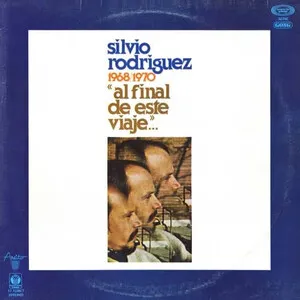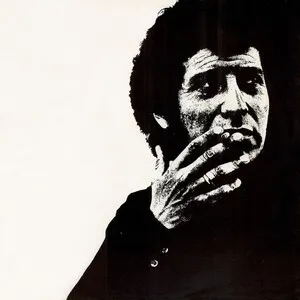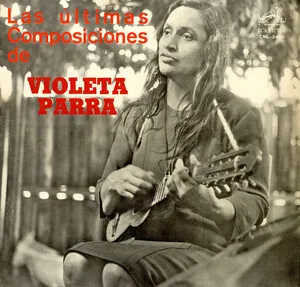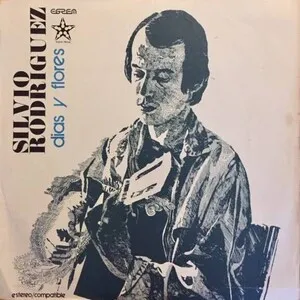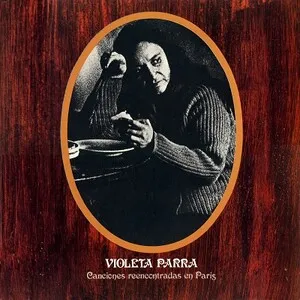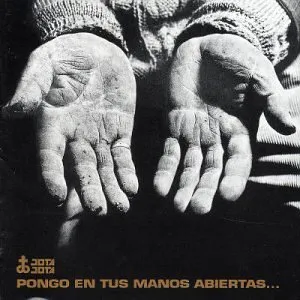Nueva canción latinoamericana is a socially engaged song movement that revitalized Latin American folk traditions to address contemporary political and cultural realities.
It blends rural and indigenous folk rhythms with modern, singer‑songwriter poetry, using acoustic instruments such as guitar, charango, quena, and bombo legüero. Lyrics foreground social justice, anti‑imperialism, labor struggle, indigenous rights, and national identity, often delivered in clear, declamatory melodies that invite communal singing. The result is music that is both rooted in local traditions and explicitly modern in its political consciousness.
Nueva canción latinoamericana crystallized in the early–mid 1960s amid decolonization, Cold War tensions, and rising social movements across Latin America. Artists sought to reclaim local and indigenous musical languages while articulating contemporary struggles in accessible, poetic song forms.
Pioneers in Chile, Argentina, Uruguay, and elsewhere revived Andean and Río de la Plata folk forms—huayno, cueca, zamba, chacarera—arranging them for guitar, charango, panpipes, and bombo legüero. The emphasis on strophic song and singable refrains, coupled with metaphor‑rich texts, forged a people‑centered, participatory aesthetic.
In Chile, Violeta Parra’s research and songwriting catalyzed the scene; Victor Jara, Inti‑Illimani, and Quilapayún amplified it, aligning with peasant and labor movements and later with the Popular Unity government (1970–1973). After the 1973 coup, many artists were censored, imprisoned, or exiled, spreading the repertoire internationally and turning concerts into acts of solidarity. Parallel developments flourished: in Argentina (with Mercedes Sosa and Atahualpa Yupanqui) under censorship and in Uruguay (Daniel Viglietti, Alfredo Zitarrosa). In Cuba, the post‑revolution Nueva Trova shared ideological kinship while cultivating its own songcraft.
By the late 1970s–1980s, nueva canción had become a continental and diasporic network, influencing Latin American rock, folk‑rock fusions, and the broader cantautor tradition. Its songs, often adopted as anthems by social movements, remain staples in concert repertoires and continue to inform contemporary neofolklore and socially conscious indie scenes.
Draw from regional folk meters:
•Huayno: brisk duple with a buoyant, forward feel.
•Cueca: 6/8–3/4 hemiola interplay; accentuate dance‑like gestures.
•Zamba and chacarera: lilting 6/8 with guitar rasgueos and bombo patterns.
•Keep grooves steady and human; slight rubato supports narrative phrasing.

